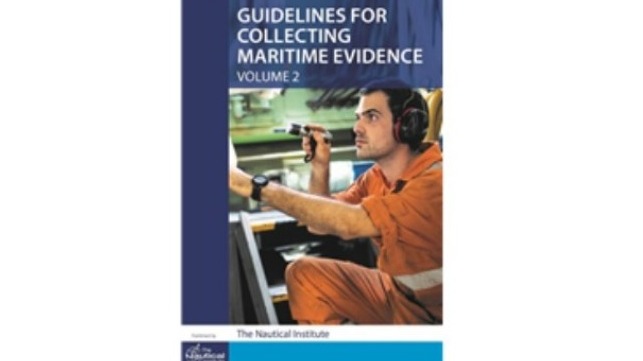Guidelines for Collecting Maritime Evidence Volume 2 Launched

The Nautical Institute has published Guidelines for Collecting Maritime Evidence, Volume 2.
This second volume in the Collecting Maritime Evidence series has a special focus on electronic evidence – what it is, how to preserve and collect it, and how it can be used to understand the circumstances that led to a maritime incident.
While not completely replacing traditional records such as hard-copy logbooks, data from electronic sources such as ECDIS, VDR and AIS are vital for the investigator. Admiralty Judge Justice Teare points out that the great benefit of such evidence is that "electronic or digital records cannot lie or have a faulty or imperfect recollection. They will be the best evidence of what happened."
The book's expert contributors are drawn from a wide range of disciplines. Among the subjects they discuss are the roles of the average adjuster and the mariner lawyer, evidence collection from the P&I perspective and that of the naval architect, and fire, deterioration of agricultural cargoes, machinery failure and surveying.
Introducing the volume, Captain Ian McNaught MNM FNI, Deputy Master of Trinity House, emphasizes, "It is imperative that seafarers understand the need for accurate evidence after an accident on board ship." The expert advice contained here and in Volume 1 will enable seafarers to protect themselves and defend their actions through the production of such evidence.
For the whole month of September, Guidelines for Collecting Maritime Evidence, Volume 2 is available at the discounted price of £30.00.
To order a copy in September, please email us at [email protected].
The book is also available from the NI bookshop as part of a bundle with volumes 1 and 2 on offer to Nautical Institute members for just £63.00.
The products and services herein described in this press release are not endorsed by The Maritime Executive.
